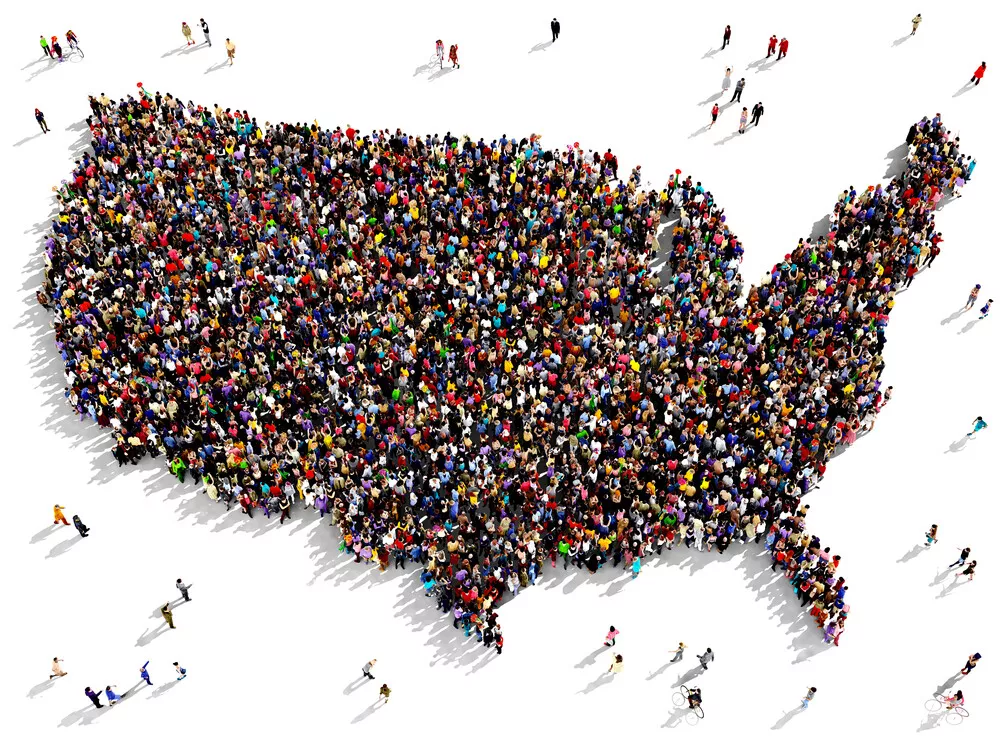Insights from the Girard School of Business and the School of Science and Engineering
Population health signals a shift in healthcare strategy from passive reaction to more proactive medical services. This involves a great deal of data collection and analysis to be successful, which is why data science in population healthis so important.
With the use of data analysis that finds health trends within certain segments of the population, medical organizations can offer preventative treatment to those with elevated risks of developing chronic conditions. That leads to better health outcomes for patients and cost savings for the medical system.
For those seeking a master’s degree in data science, healthcare in general and population health in particular offer another potential career path. Unlike other careers, however, this one offers a chance to potentially impact the health of millions of people.
What Is Population Health?
Population health seeks to identify and address health issues specific to certain communities, leading to better health outcomes. The goal in most cases is to prevent illness and disease before it happens. Examples include the prevalence of heart disease or adult-onset diabetes among certain segments of the population. Identifying, analyzing and finding solutions to these issues involves bringing together representatives from many different areas, including healthcare, industry, nonprofit organizations, academia and local government.
For those interested in healthcare, that may sound a lot like public health. However, public health focuses on improving health outcomes in communities through recommendations, health education and outreach. Population health looks to provide “an opportunity for health care systems, agencies and organizations to work together in order to improve health outcomes of communities, they serve,” according to the Centers for Disease Control and Prevention.
Data Science and Health IT
Data science in population health is tied to health IT. While the definition of health IT or health informatics can change depending on the medical facility and the company involved, it essentially is the collection, storage, sharing and analyzing of clinical and background information on patients.
A primary part of health IT are Clinical Decision Support Systems (CDSS). Using insights found through data research and healthcare analytics, CDSS aims to improve the quality, efficiency and effectiveness of health care by providing clinicians accurate, timely information. All that involves a great deal of data on patients, which has led to the creation of vast databases containing patient healthcare information. That’s a treasure trove for data scientists. The data can include direct information about:
- Treatments
- Lab data
- Imaging data
- Immunization and allergy history
- Claims history
- Socio-economic information
This information gives data scientists what they need to identify health trends.
What Is the Population in Population Health?
The biggest question in population health is this: What constituents a “population” and which ones should be studied?
Choosing what population to study is an ever-evolving debate. Health populations can be broken down in many ways. The American Pediatrics Association offers some ways to look at different populations that include:
- People who have specific chronic condition or disease
- College students on the same campus
- Military veterans
- Disabled people
- Patients separated by level of income
- Patients separated by level of education
- Different genders
- Different races
And that’s just scratching the surface. Some studies might want to focus on health outcomes for people who live in certain geographical areas or social environments, such as inmates in the federal prison system.
Uses of Data Science in Population Health
Data science in population health has already been put to use. For example, risk scores are being developed for some patients based on health data, lab testing, claims data, and other areas, according to the Association of Medical Colleges. That information is used to offer preventative treatment to those more likely to develop specific diseases or illnesses.
In another example, a study from the University of Texas Southwest found through data analysis of healthcare records that certain events during a hospital visit were indicators that a patient would be readmitted within the next 30 days. Steps were then taken with these patients to cut down on re-admissions, which is bad for the patient and costly for the hospital.
These are two examples of data science in population health. But it’s only the beginning of what is expected to be a continuing trend in healthcare.
